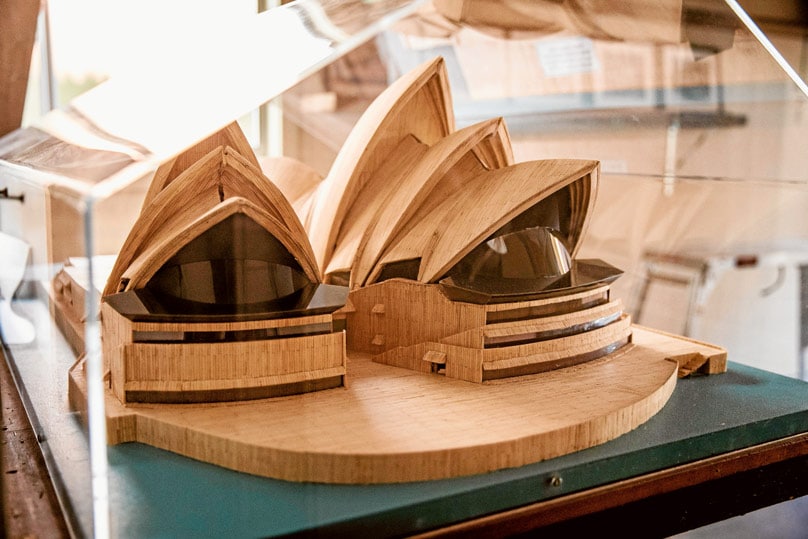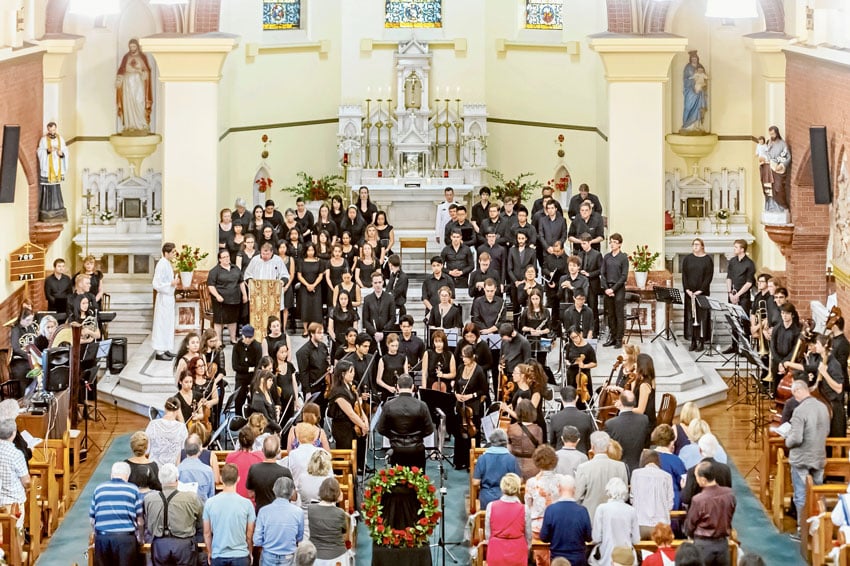
The most beautiful thing I ever heard sounded lovelier than the greatest painting I’ve ever seen.
That sounds very odd, but there’s a certain sort of beauty that can be found in sounds and sights alike.
The sound, by the way, was the voice of Jessye Norman and the greatest painting I’ve stood in front of is Rembrandt’s Prodigal Son.
Many people are pretty cynical about the idea of beauty. If you believe in God, it becomes easier. After all, nothing is as beautiful as Jesus Christ and he is beautiful in every way, and the rest really flows from that.
Do you have to love the classics and go to art galleries to discover beauty? I’m often embarrassed at my ignorance of popular culture. That’s a defect.
I don’t listen to Schubert instead of Ed Sheeran just because it’s beautiful. I also enjoy the history behind it, the skills of particular musicians, the psychological calm it brings me.
Beauty is not the only thing in art and culture, and it’s certainly not just found at the Sydney Symphony and the Art Gallery of NSW.
So why do people feel it’s good to push youngsters to try the arts, that classics are somehow better for you? There are bad reasons—snobbery, status and social pressures.
There are also really good reasons: finding something unfamiliar and difficult at first that then becomes an old friend; learning the history around a book or song and so coming to think differently about your own times and context; exploring your most personal thoughts and intense emotions.
The arts can act as shorthand for whole chunks of our experience, links to our personal memories, reminders of what was meaningful to us.

They bring out different parts of you—emotions, memory, dreams, hopes, fears, joys. They make you look again at what you believe and why you feel as you do.
There’s a worldwide movement to make the arts conform to identity politics.
This no doubt started off well-intentioned, but it’s snowballed so that one political slant can matter more than everything else already invested in a work.
It’s not easy calling this out when arts organisations themselves increasingly embrace the cause as their central plank.
I love contemporary takes on old works but not takeover by one theme or cause.
As in the rest of life, it’s very clear only one side of the debate dares speak its name on the public stage.
The church’s traditional appreciation for beauty has often conflicted with those whose vocation it is to create it. That’s okay—there’s more to the arts than beauty.
The problem isn’t having a work or two explaining identity issues—it’s that whole organisations and their programs are now defining their own identity around this.
My advice: even if it’s not your cup of tea, go now to listen to an opera or orchestra, to the gallery or the ballet.
You don’t know how long these experiences will be around—at least in their most beautiful versions.
